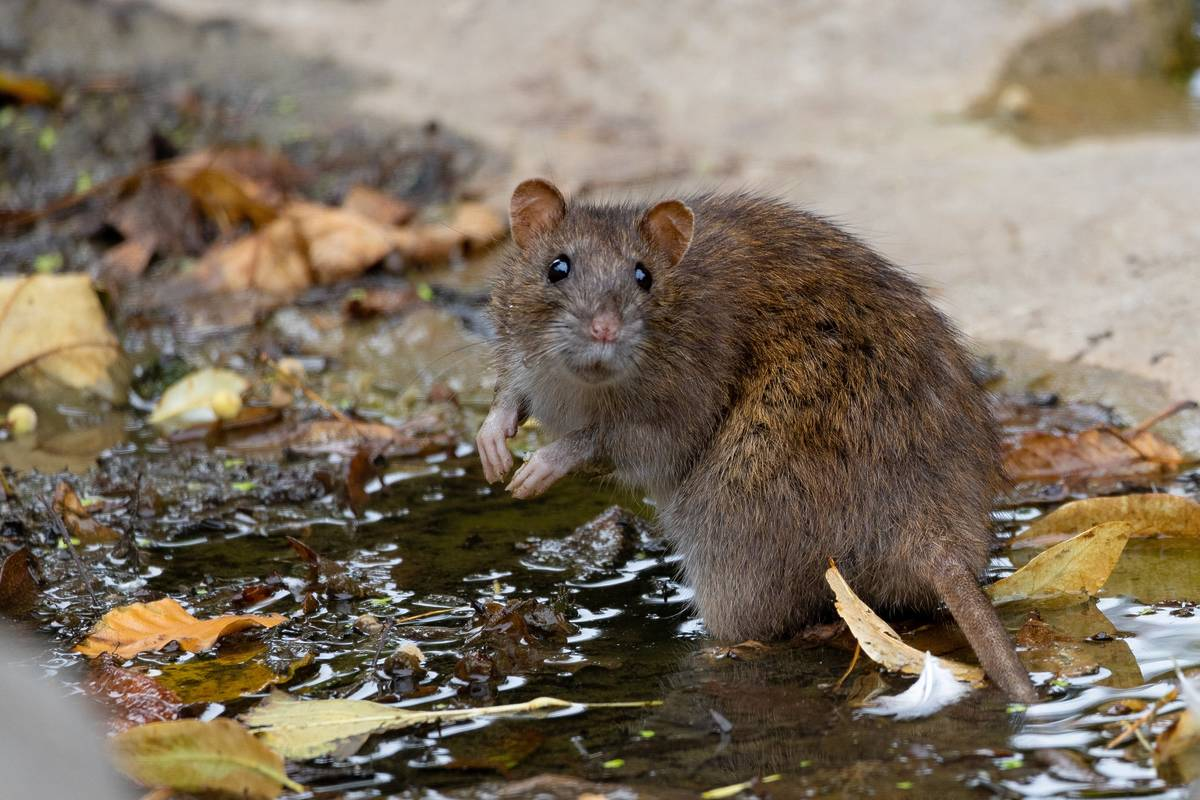For the tenth year in a row, Chicago has been ranked the “rattiest city” in the United States by Orkin, a prominent pest control company. This notorious title highlights the ongoing struggle with rodents in urban areas and points to the larger issue of public sanitation and pest control in cities.
Despite efforts by city officials, the rat population in Chicago continues to thrive, creating significant concerns for residents and businesses alike.
The Windy City isn’t alone in its rodent problems. Major cities across the country, including Los Angeles and New York, have faced consistent challenges when it comes to controlling rat populations. As colder weather approaches, rats tend to seek shelter indoors, leading to increased infestations.
Why Chicago Continues to Lead the List
The Norway rat, the predominant species of rat found in Chicago, is a formidable foe. Known for its ability to burrow underground, climb, swim, and reproduce at an alarming rate, this species has made Chicago its playground. Norway rats have a remarkable ability to adapt to their environment, surviving in urban landscapes where food and shelter are abundant.
Rats reproduce rapidly, with females capable of giving birth to up to 12 babies in each litter. They can produce four to seven litters a year, depending on the availability of food and shelter.
Read : American Express Opens World’s Biggest Campus in Gurgaon
This rapid reproduction rate makes it difficult for city officials to keep the population under control. Even with proactive measures like the Bureau of Rodent Control’s efforts to manage infestations, the sheer number of rats continues to overwhelm the system.
Chicago’s dense population, extensive food waste, and abundance of older buildings provide ideal conditions for Norway rats to thrive. The city’s climate also plays a role, as colder winters push rats indoors in search of warmth, leading to a surge in infestations during the fall and winter months.
Read :“You Cannot Become a CEO in America If You Are Not Indian”: US Envoy Eric Garcetti
Despite the city’s ranking, officials from Chicago’s Department of Streets and Sanitation remain skeptical about the accuracy of Orkin’s list. They argue that the ranking may be more of a reflection of where Orkin has the most customers rather than a true measure of rodent infestations.
The Top 10 Rattiest Cities in America
According to Orkin’s latest report, the top 10 cities with the highest rat populations are:
| Rank | City | Notable Details on Rats |
|---|---|---|
| 1 | Chicago | Norway rats dominate, burrowing experts, climb, swim, chew through wood, and reproduce rapidly. |
| 2 | Los Angeles | Consistently ranked among top cities for rodent infestations. |
| 3 | New York | Known for large rat population and frequent rodent-related issues. |
| 4 | San Francisco | Faces significant rodent problems year after year. |
| 5 | Washington | High rate of rat infestations in residential and public spaces. |
| 6 | Denver | Growing rodent issues due to increasing urban development. |
| 7 | Philadelphia | Persistent rodent problems despite city mitigation efforts. |
| 8 | Detroit | Ongoing struggles with rat infestations, particularly in certain neighborhoods. |
| 9 | Baltimore | Continual efforts to control rat populations across the city. |
| 10 | Cleveland | Rodent populations continue to thrive, especially in older urban areas. |
The cities on this list have consistently struggled with rodent infestations due to a variety of factors, including high population density, food waste, aging infrastructure, and climate conditions that drive rats indoors.
What Can Be Done to Combat the Rodent Problem?
While Chicago and other cities on the list have implemented various strategies to control rodent populations, it’s clear that more needs to be done. One of the biggest challenges is the Norway rat’s ability to adapt to its surroundings and reproduce quickly. In addition to city-run rodent control programs, residents also need to take steps to reduce food sources and potential shelter for rats.
Proper waste management is a critical part of reducing rat populations. Cities like Chicago have focused on ensuring that trash is properly stored in sealed containers and that food waste is minimized. The Department of Streets and Sanitation offers free rodent abatement services to residents and works closely with communities to tackle infestations.
In addition to waste management, infrastructure improvements can also play a significant role in reducing rat populations. Older buildings with cracks and holes provide easy entry points for rats. Sealing these entry points and ensuring that buildings are well-maintained can help prevent infestations from occurring in the first place.

As cities continue to grow, the problem of rodent infestations will likely persist. Urban development often disrupts the natural habitat of rats, driving them into residential and commercial areas in search of food and shelter. Cities must balance growth with efforts to mitigate the impact of rodents on public health and property.
Chicago’s ranking as the rattiest city for the 10th consecutive year is a reminder of the ongoing challenges cities face in managing rodent populations. While cities like Los Angeles, New York, and others also grapple with similar issues, Chicago’s unique blend of urban density, cold winters, and plentiful food sources makes it a prime target for Norway rats.
Efforts to control rodent populations must be multifaceted, involving both city officials and residents. From waste management to infrastructure improvements, there are many steps that can be taken to reduce the impact of rodents in urban areas. However, given the adaptability and rapid reproduction of rats, it’s clear that this is an issue that will require constant attention and resources.
let’s enjoy few years on earth with peace and happiness….✍🏼🙏

